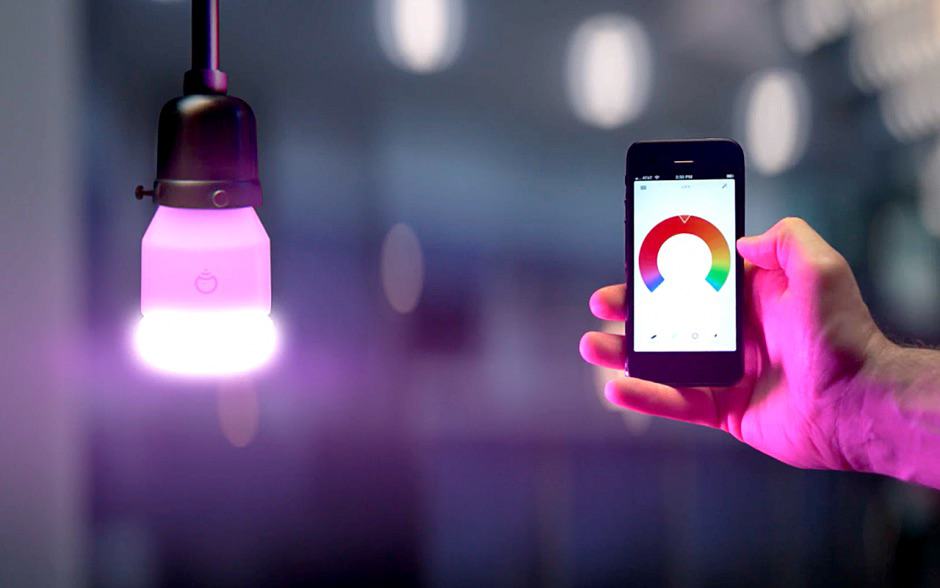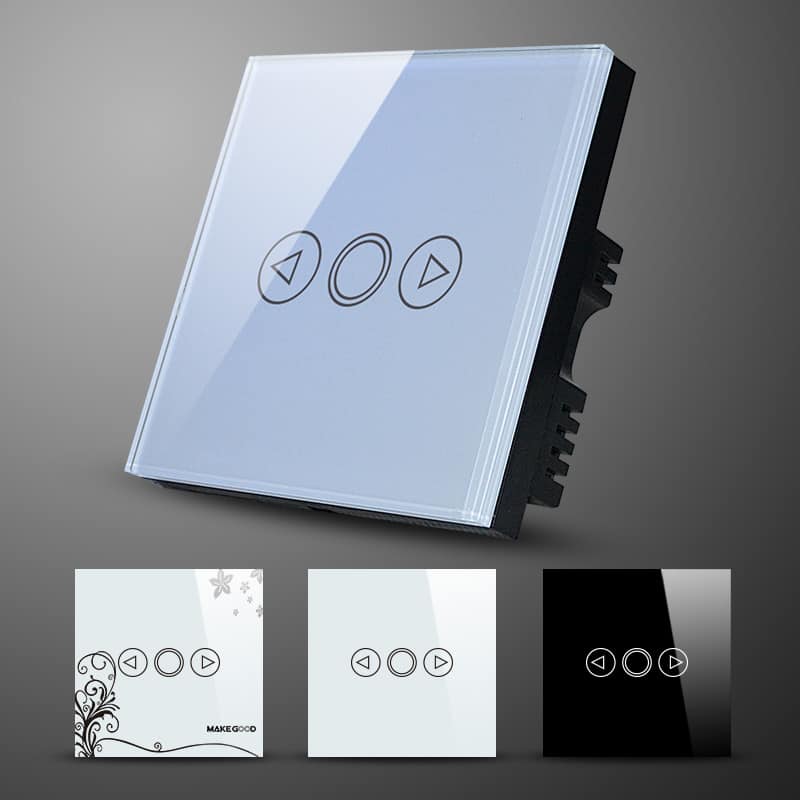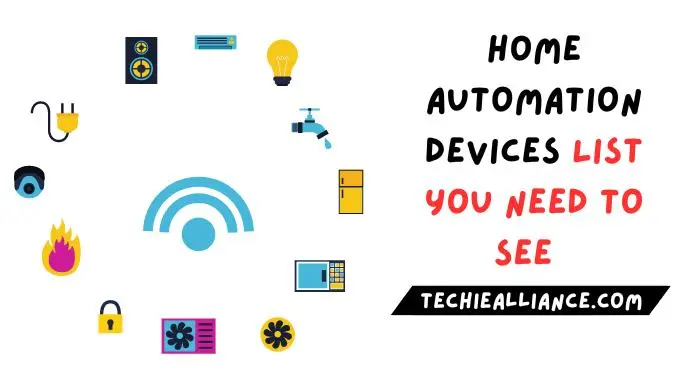The idea of Smart Homes has made our living areas more sensitive to consumer requirements and interactive. Home automation not only provides a customized living as per the daily routine of the user but also helps to simplify the management of all your electrical equipment within your house. From running your lightings, home security, simple garage door opening, quick availability of coffee as and when you need it, and almost everything that comes across your everyday activities, the home automation idea encompasses a broad spectrum of capabilities.
The beauty of home automation is that it brings the whole house under the control of the finger and the sensors are clever enough to make autonomous decisions depending on any kind of natural occurrence and surroundings. For instance, if your city receives enough rain during the day, the water sprinklers in your garden will sense the soil moisture and avoid sprinkling pointless extra water that day. Furthermore, the clever lighting in your house may change the temperature depending on the availability of the surrounding natural brightness.
Various Home Automation Controllers: Different Types
The core of the Home Automation system is the hub or controller we mention. Over many wireless technologies like ZigBee, Wi-Fi, Z-Wave etc., all the sensors in your Home Automation system interact with the controllers.
First registering the input command obtained from the users to carry out some specific action, the controllers then forward the command to the corresponding sensor to execute the intended action. Basically, the Home Automation Controller/Hub binds all the sensors together inside an established network and acts as the mediator between the user and the sensor units.
The most often utilized protocol for home automation among the controllers already on the market is ZigBee HA 1.2 protocol. All the sensor configured in the designated range will cooperate with the controller since the controller creates a wireless ZigBee network throughout the particular range of installation.
Likewise, the Z-Wave and Wi-Fi based controllers build the corresponding networks and run the corresponding sensors set within those network.
Most of the firms want controllers that operate on all of these protocols in order to provide cross compatibility across many kinds of Home Automation devices running across several protocols. The controllers also work on cloud networks so that user may operate his/her Home Automation system even from a distant location by sending the command to the controller over the cloud network and thus perform the required action at the desired location, so ensuring the remote operation services.
Read also: 6 Cool Tech Gadgets We Recommend in 2024
Home automation's several types of lighting devices
Today's industry offers a number of clever light options for home automation systems. Either through smart switches or even smart plugs, the idea of smart lighting may be applied using in-wall modules or smart bulbs.
Smart Bulbs or in-wall modules:

Built-in sensors in the in-wall modules or smart bulbs enable consumers interact with the smart lights either via remotes or a smartphone app interface. For instance, the RGBW LIFX bulbs sold on the market include built-in Wi-Fi modules that link directly to your home Wi-Fi networks and receive commands of brightness control, color control, etc., therefore enabling the required action per user demands.
Intelligent switches:

Smart switches of several types are now on sale, generally running on ZigBee and Z-Wave technologies. When you want remote access or control over your house lightings but you do not want to replace your lights or bulbs, smart switches are very helpful. Your current switches will be replaced by smart switches, which will thereafter be under control via the corresponding applications of the switch manufacturers or remotes.
12 Hip Chick Technology And Gadgets For Women
Smart Plugs:

Smart plug use is essentially for side table lamp shades and such uses. The smart plugs are ZigBee driven relay modules inside which, depending on the smartphone's order, either allow or turn off the electrical supply. Apart from lights, smart plugs finds use in geyser switches as well as in any electrical plug from where you wish to turn on or off your gadget.
Home Automation Smart Security Sensor/Device Types
One of the most crucial tasks smart security performs in home automation is that of Smart security in home automation refers to a variety of sensors and gadgets covering practically all element of your smart house. Let's go over some of the somewhat extensively utilized sensors and gadgets in smart security.
Action/Arrival Sensor:
Smart security uses motion sensors essentially to find any entry occurring at your house while you are out for business. Once triggered, the motion sensor will notify you via SMS, calls, or other means straight away should it detect any unwelcome movements within its range. Apart from security, motion sensors also help to trigger the lights of your route ways as soon as you get home in the evening.
Door/Window Sensor:
Usually put at the windows' frame and the door are these sensors. The door/window sensor consists essentially of two parts: one magnetic and one electric. One can arrange any of the pieces on the frame or the counter portion of the door or window itself. When any invader breaches through their doors or windows, this kind of sensors can quickly alert users.
As soon as you open the main door of your house following a demanding day at work, the door/windows sensors may also be utilized to switch on your living room lighting. Apart from only lightings, the primary entrance sensor may also be set to engage numerous additional activities at once.
Sounds:
Basically siren, the Alarms in the home security system receive the signal from the main hub/controller unit to be triggered should intruder detection occur.
For comparable uses and remote alarm triggering, cloud based alarms might be beneficial. This implies you may still trigger and cloud based alarm positioned at your house even in case and intrusion occurs in your business.

